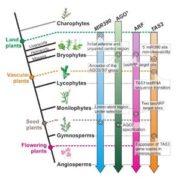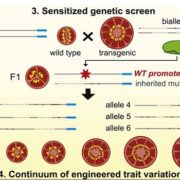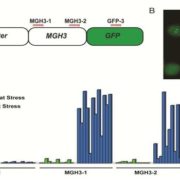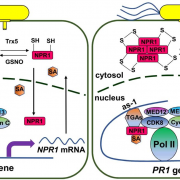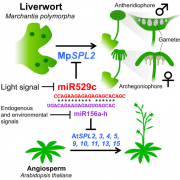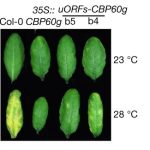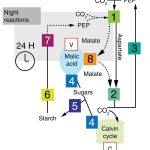DREB1C is a regulator of nitrogen use efficiency and flowering time in rice (Science)
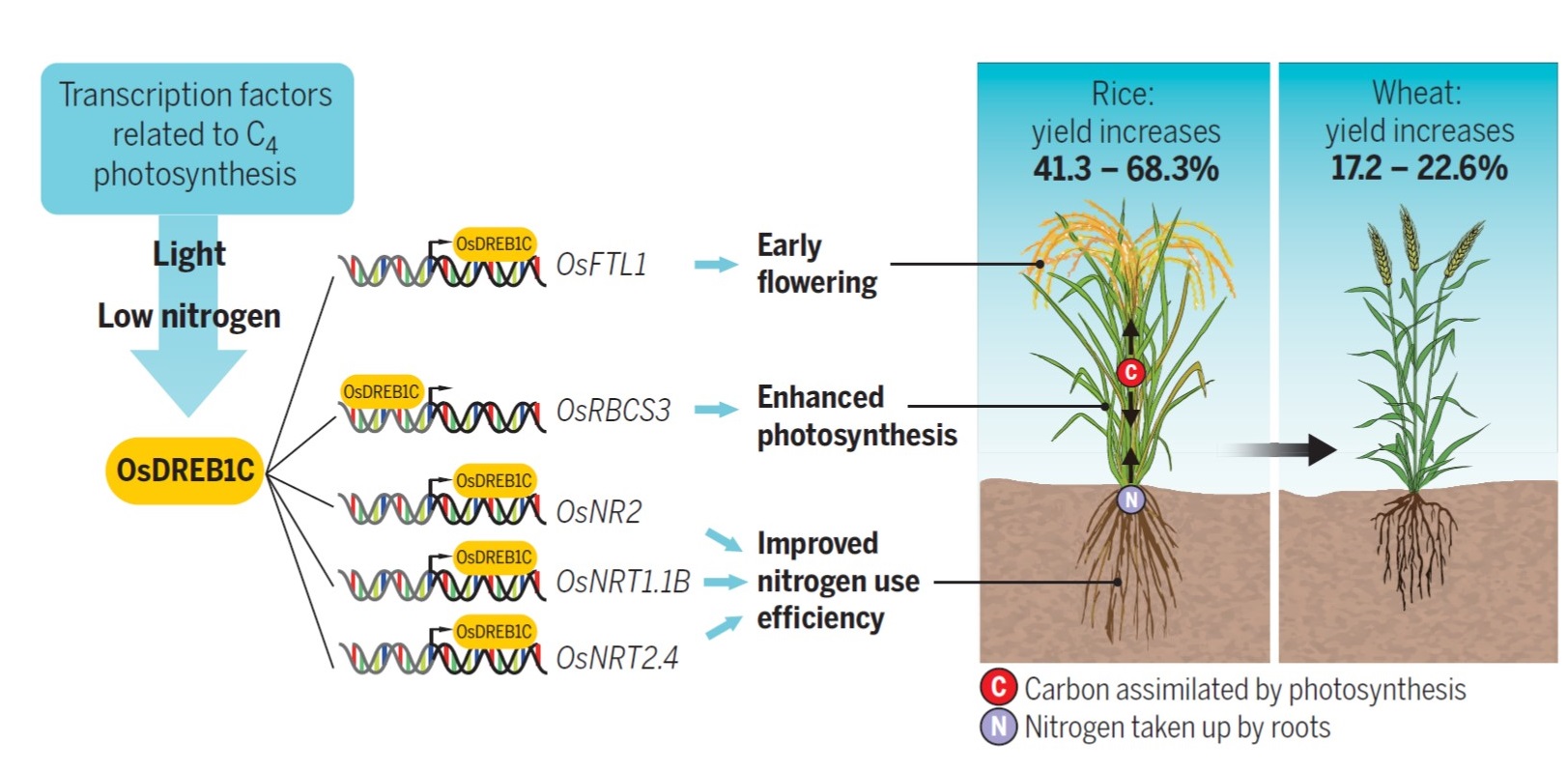 To improve the profitability and sustainability of agriculture, there has been an extensive quest to identify regulators that boost nitrogen use efficiency (NUE) without compromising yield. Wei et al. identified a DREB family transcription factor based on RNAseq analysis of rice plants exposed to low N. Among the differentially regulated transcription factors, DREB1C showed a significant induction by both low N and high light conditions. DREB1C overexpression (OE) boosted rice and wheat grain yield, while in Arabidopsis, a significant increase in total biomass was recorded. In rice, DREB1C overexpression improved early seedling vigour, abundance of photosynthetic pigments, RuBisCO content and rate of photosynthesis. There also was a significant improvement in 15N uptake and nitrogen use efficienty. DREB1C regulates the expression of several important growth-related genes including nitrate transporters (NRT1.1B, NRT2.4), nitrate reductase (NR2), flowering regulator (FTL3) and RuBisCO (RBCS3) by binding in the intragenic region or promoter regions. The DREB1C-OE plants displayed a higher harvest index and increased remobilisation of N and C to sink organs and showed a significant reduction in flowering time and crop duration due to modulation of the flowering gene (FTL3). This is an important proof-of-concept paper showing how a single transcription factor can have broad beneficial effects in rice (multiple cultivars), wheat, and Arabidopsis. Interestingly, the paper has been extensively discussed post-publication, largely because the potential for improving yields in the field in elite varieties remains to be confirmed (https://twitter.com/MerKhaiBurch/status/1553072144426405889?s=20&t=FamfyXjiP2YIloHYZKTp8w). We look forward to further tests of the effects of DREB1C overexpression in larger-scale yield trials. (Summary by Lekshmy Sathee @lekshmysnair) Science 10.1126/science.abi8455
To improve the profitability and sustainability of agriculture, there has been an extensive quest to identify regulators that boost nitrogen use efficiency (NUE) without compromising yield. Wei et al. identified a DREB family transcription factor based on RNAseq analysis of rice plants exposed to low N. Among the differentially regulated transcription factors, DREB1C showed a significant induction by both low N and high light conditions. DREB1C overexpression (OE) boosted rice and wheat grain yield, while in Arabidopsis, a significant increase in total biomass was recorded. In rice, DREB1C overexpression improved early seedling vigour, abundance of photosynthetic pigments, RuBisCO content and rate of photosynthesis. There also was a significant improvement in 15N uptake and nitrogen use efficienty. DREB1C regulates the expression of several important growth-related genes including nitrate transporters (NRT1.1B, NRT2.4), nitrate reductase (NR2), flowering regulator (FTL3) and RuBisCO (RBCS3) by binding in the intragenic region or promoter regions. The DREB1C-OE plants displayed a higher harvest index and increased remobilisation of N and C to sink organs and showed a significant reduction in flowering time and crop duration due to modulation of the flowering gene (FTL3). This is an important proof-of-concept paper showing how a single transcription factor can have broad beneficial effects in rice (multiple cultivars), wheat, and Arabidopsis. Interestingly, the paper has been extensively discussed post-publication, largely because the potential for improving yields in the field in elite varieties remains to be confirmed (https://twitter.com/MerKhaiBurch/status/1553072144426405889?s=20&t=FamfyXjiP2YIloHYZKTp8w). We look forward to further tests of the effects of DREB1C overexpression in larger-scale yield trials. (Summary by Lekshmy Sathee @lekshmysnair) Science 10.1126/science.abi8455


